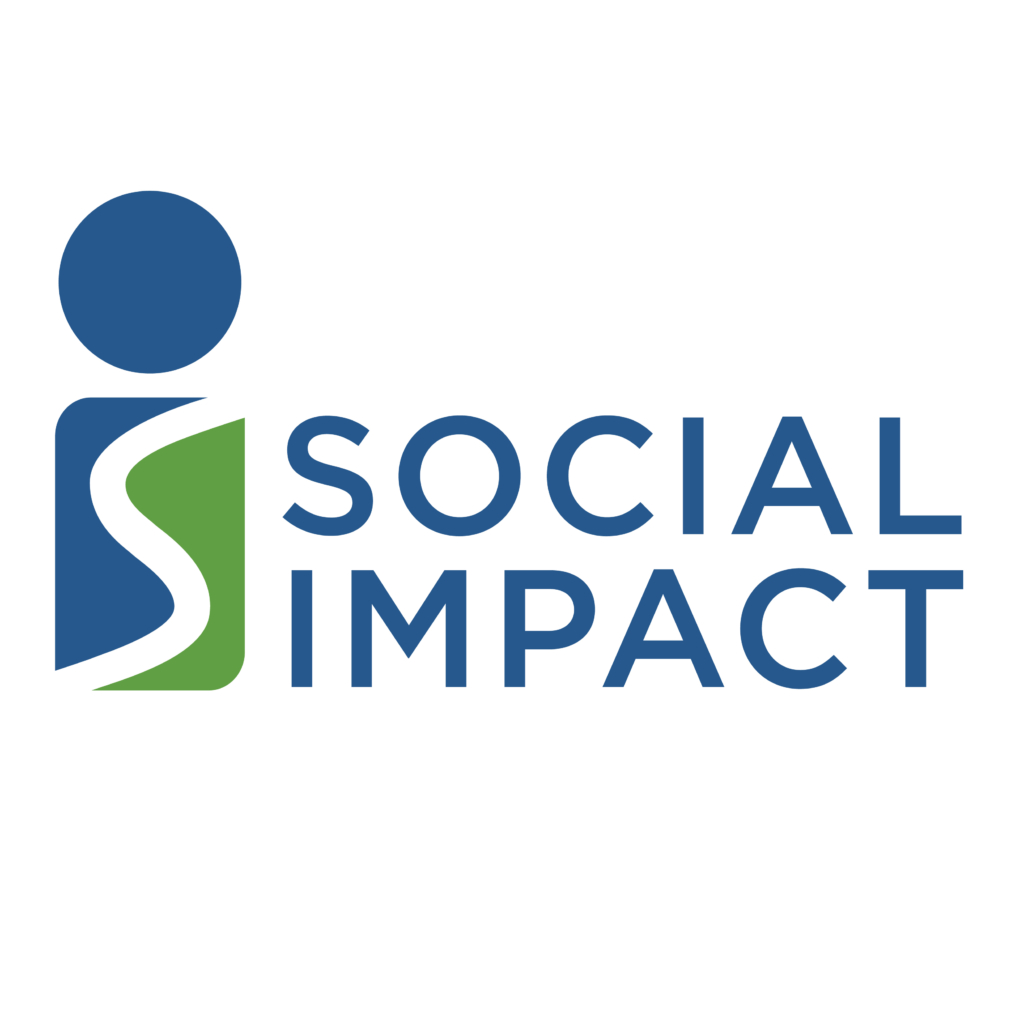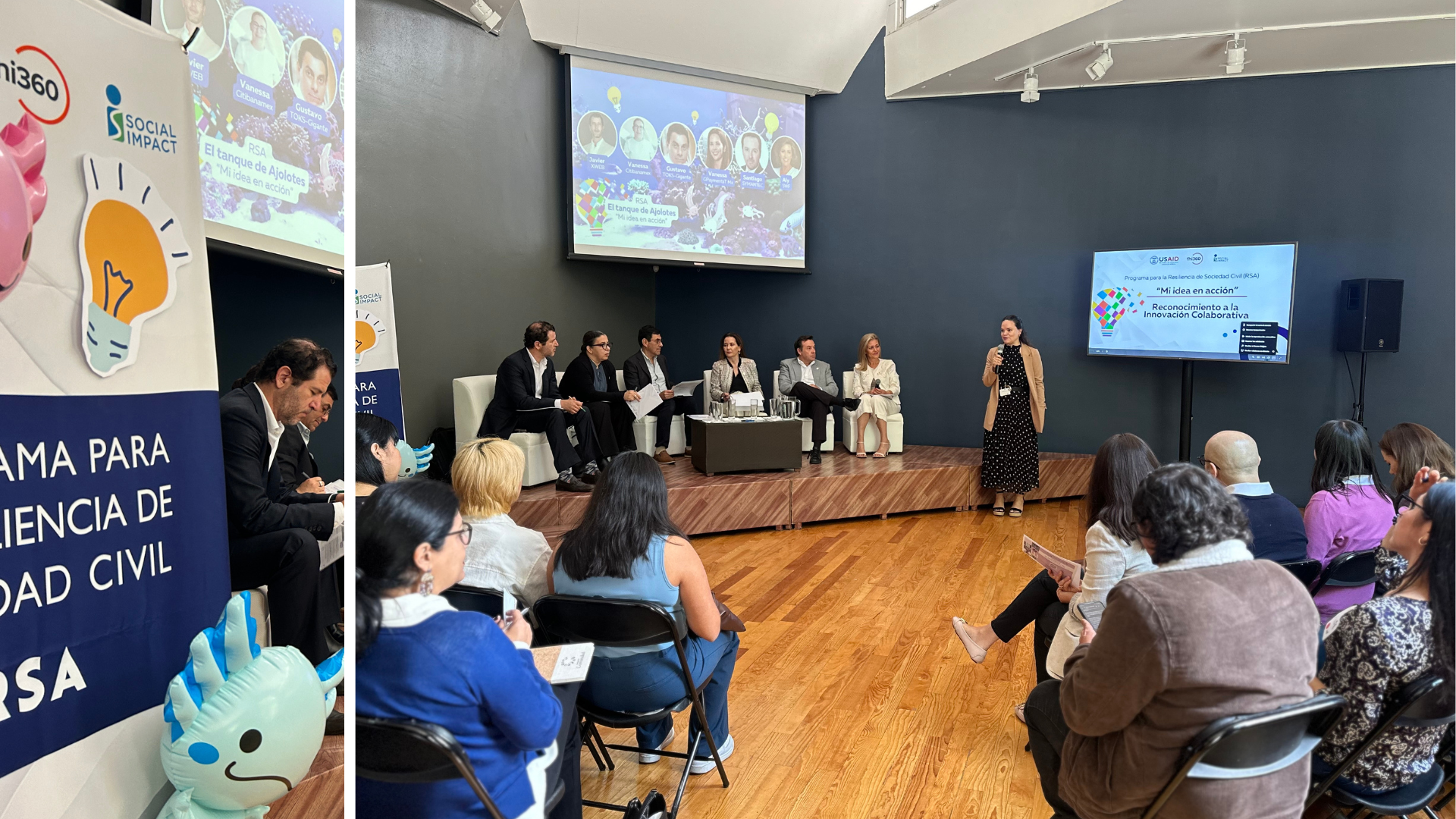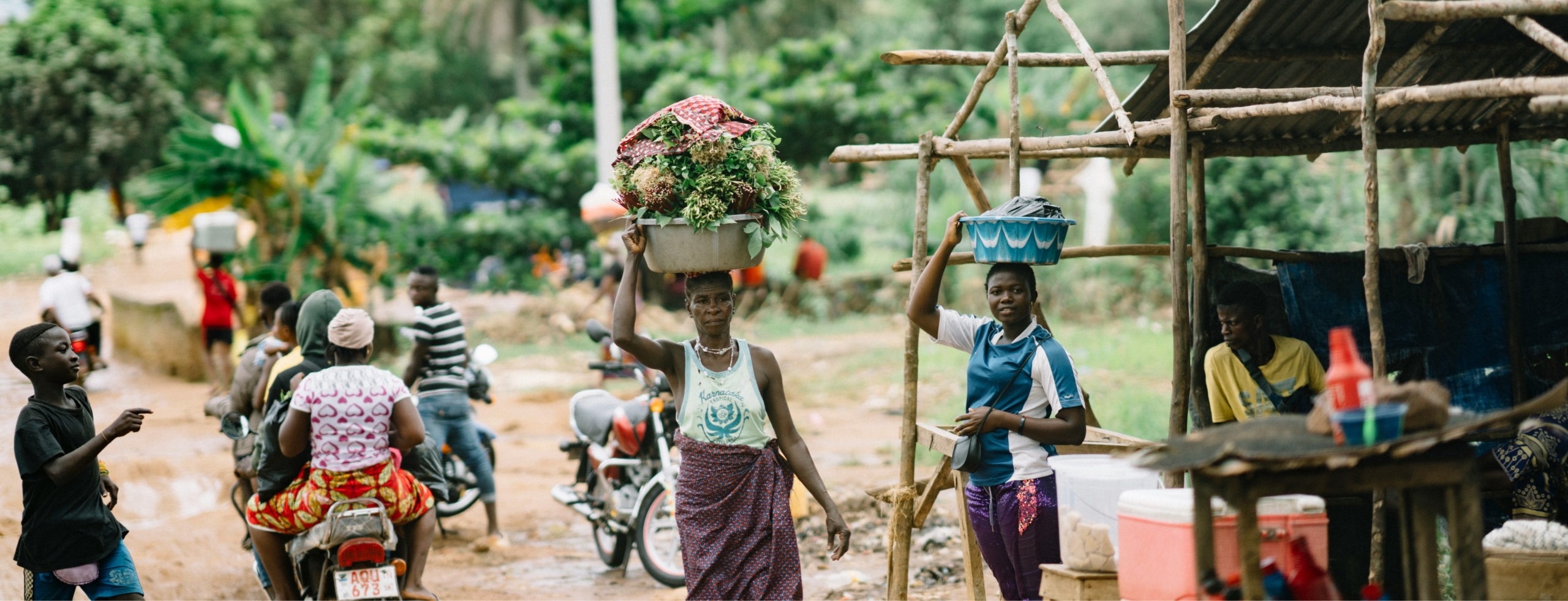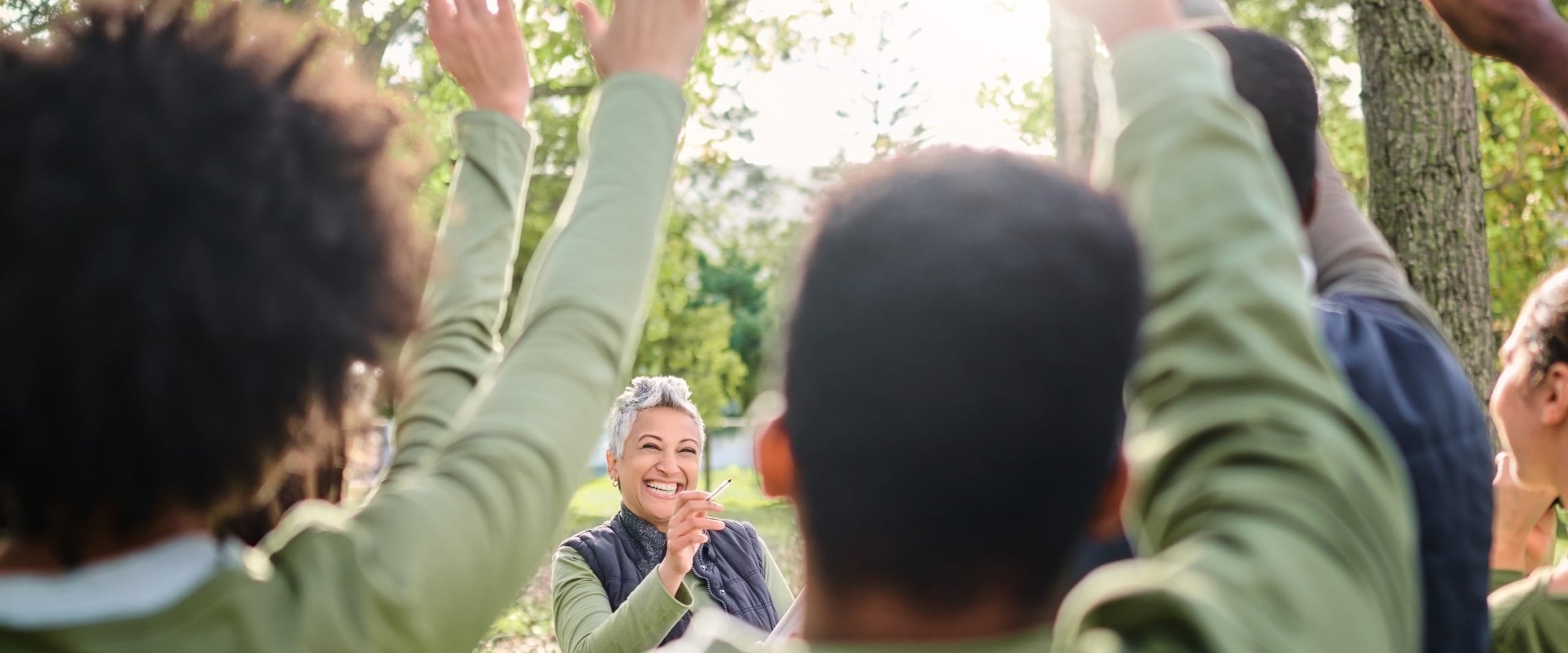This blog is part six of a six-part series on localization. Localization is a power-shifting process, where power is shifted to local actors to address development challenges. In this series, Social Impact unpacks its own experiences with localization and provides lessons learned for funders, peers, and partners.
Committing to localization requires a rethinking of many standard ways of working in the development sector. For this reason, Social Impact (SI) embarked on a stocktaking process last year that involved (1) gathering information about where our work already shifts power to local actors, and (2) reflecting upon how we could be even more intentional and effective in doing so.
SI’s yearlong stocktaking resulted in the elevation of localization as a companywide priority. We developed three “Smart Rules,” which are simple practices SI staff can incorporate into their day-to-day work with the intention of improving and increasing localization. We also reviewed the support we offer to USAID and created a Localization Menu of Services to highlight the ways that SI can help the Agency achieve its two stated measures of success:
- USAID will provide at least a quarter of all program funds directly to local partners by the end of FY2025.
- USAID will take steps to ensure that by 2030, fifty percent of the Agency’s programming will place local communities in the lead to co-design a project, set priorities, drive implementation, and/or evaluate the impact of programs.
Throughout the Program Cycle, SI can provide a range of services in support of USAID’s efforts to directly fund local partners and promote local leadership.
In strategy, project, and activity design, for example, SI can support USAID by:
- Conducting participatory research, such as local systems mapping, stakeholder analysis, social network analysis, contextual analyses, or organizational capacity assessments, to help USAID design teams understand the local system and actors before engaging, identify potential partners, and align with existing local priorities (see an example of SI’s work from the Philippines)
- Facilitating multi-stakeholder processes to reach agreement on key objectives and co-create designs or theories of change so that local actors and USAID staff can set priorities and reach consensus on design elements (see examples from SI’s work in Vietnam and Ethiopia)
As part of activity implementation, SI’s services include:
- Facilitating learning communities of local partners (and those not yet partnered with USAID), encouraging them to reflect on their implementation, connect with other partners working on similar issues, and promote cooperation over competition (see an example from SI’s work in Mexico)
SI offers many services related to MEL and CLA, including:
- Facilitating the co-creation of performance monitoring plans and evaluation scopes between USAID and local partners (see an example from SI’s work in Vietnam)
- Helping USAID monitor, evaluate, assess, and/or learn from localization efforts and identify key determinants for progress, enabling USAID to adapt approaches to facilitate more effective localization (see examples from SI’s work with USAID Missions)
- Identifying local MEL firms and build their capacity to offer services that meet market demand (beyond USAID), eventually increasing the amount of funding going directly to local MEL firms (see an example from SI’s work with local firms on third party monitoring)
For more information about these and other services SI can provide, please consult our Localization Menu of Services or contact Laura Ahearn (lahearn@socialimpact.com) or Brooke Hill (bhill@socialimpact.com).
______
An anthropologist by training, Dr. Laura Ahearn is a Senior Technical Director in Social Impact’s Strategy, Performance, and Learning Division. In her work developing and managing MEL and CLA activities, she has designed and led a range of international research projects focusing on evidence utilization, local leadership, and learning.








